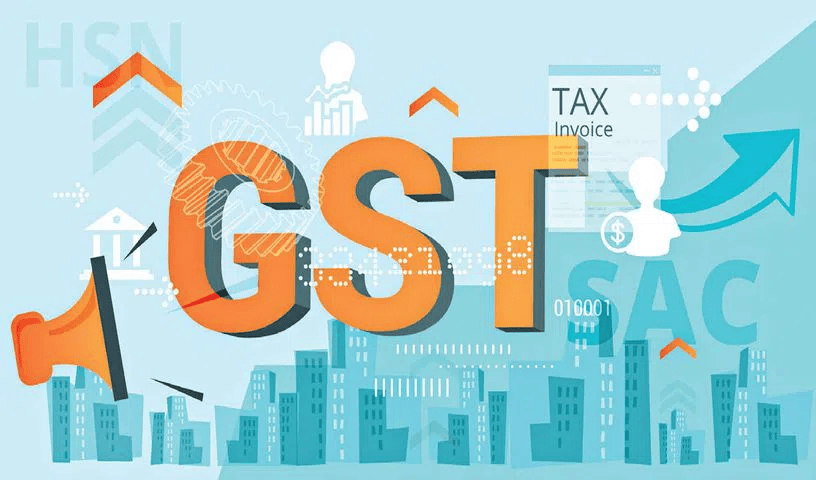The CJI’s role as Chief Judicial Administrator cannot be dispensed with as the common man looks up to him for justice delivery

We all agree that we are a young republic and in the process of evolution. We also have huge challenges with regard to the balance of power, especially at a time when two of the three pillars of the Constitution are together while the third pillar, the Judiciary, is facing severe challenges in justice delivery. There is a debate that the Judiciary should put its house in order first and on an urgent basis.
Sitting Supreme Court judge Justice Abhay Shreeniwas Oka, on January 24, said: “We must look back at the 75 years and audit whether courts have achieved the common man’s aspirations and expectations.” Justice Oka said there is a need for research and data to find out where the judiciary has gone wrong. “Whatever faith they had earlier has eroded considerably due to various reasons, mainly that we are not able to provide access to justice and also quality and cost of justice.”
Chief Justice of India DY Chandrachud, on November 26 last year, said citizens come to court to seek protection of their liberty, accountability against unlawful arrests, protection of rights of bonded labourers, tribals seeking protection of their homelands, prevention of social evils such as manual scavenging and even hoping for interference to get clean air. “These cases are not just citation or statistics for the court. These cases resemble the expectations of people from the Supreme Court as well as the court’s own commitment to deliver justice to the citizens,” the CJI said. Both the judges agree that something must be done on a war footing to transform the administration of justice. I want to present two radically different views.
CJI and CJA
A simple question: Who is finally accountable for the justice delivery? Currently, the CJI is the first among the judges of the Supreme Court, head of the collegium and also the Master of the Roster. But is he functioning as the Chief Judicial Administrator (CJA)? I don’t think so. Let me explain.
We have a sanctioned strength of 34 judges in the Supreme Court. We have a sanctioned strength of 1,114 judges in high courts. So, his role as an SC judge is important but not indispensable because many senior judges can do this job. His role as Master of the Roster is part of his administrative duties in the SC. This can also be done by a senior judge or even better by a transparent rule-based AI engine, supervised by a senior judge. Here also we can live without the CJI. His role as the head of the collegium is very important but is also dispensable. Other senior judges can do it. But his role as the Chief Administrator of Justice cannot be dispensed with.
The target of the justice delivery system is clearly the common man and woman of India who is poor, lives in villages and city slums and also business and non-business entities. Indians look up to the CJI for justice delivery. And it is in this role that the CJI touches every citizen.
The Ministry of Law and Justice can provide infrastructure and resources. But administering the justice delivery system is the job of CJI who is the functional head of the system. He has to prioritise his time for justice delivery because no one else can do that role better than him and it has the highest multiplier for his time. He is in the best position to work with the high courts, trial courts, lawyers, the Executive and the Legislature to bring fundamental changes in the system. But how can he do all the above to transform the administration of justice when he is busy hearing all kinds of cases and delivering judgements? It is possible only if he restricts his cases to only constitutional cases. It is time the CJI owns the CJA role and “walks the talk” on the transformation process
Truth we don’t see, don’t want to see
The second big idea is to understand that transformation happens only if we measure and track it. The starting point is to accept the role and power of real-time statistics on the outcomes of the justice delivery system. Metrics help in delegating responsibilities to various stakeholders in the court system. Statistics and drill-down analytics tell you the truth that you normally don’t see and the truth we don’t want to see, and it brings in action orientation and treats every court equally — whether it is the Supreme Court or trial court.
The crucial dimensions to measure the outcome of the justice delivery system are fairness, timeliness, affordability, access/capacity and effectiveness. I am deliberately staying away from “independence of the judiciary” which is heavily debated but is difficult to measure and is partly covered in the effectiveness measure.
First task as CJA
There are many steps in managing the justice delivery system. But the first step is to develop metrics for each dimension, track them, publish them and ensure continuous improvement. Here are a few sample metrics that would help us understand whether we are progressing on justice delivery:
Fairness
- What percentage of fundamental rights cases are heard and closed within the norm period? Is it improving?
- Percentage of cases where people are stuck in jail, pending trial
- What is the average period of incarceration before conviction? And its distribution?
- Percentage of conviction
- Percentage of cases jumping the queue
Timeliness
- What is the time to trial? Average and its distribution? Is it going up or coming down?
- Time from trial to delivery of judgement. Average and its distribution? Is it going up?
- Time taken from reserving to delivery of judgements
- Extent of deviation on adjournment norms? Who violates the adjournment norms the most?
- Percentage of cases bail is given on or before the norm period
Affordability
- Average cost of litigation at various levels? Distribution from trial to Supreme Court
- Percentage of cases where courts award costs and penalties for frivolous litigation
- Percentage of pro-bono cases
Access/Capacity
- Disposal rate across courts. What is its distribution?
- Percentage of Special Leave Petition cases admitted
- Pendency of cases? What is its ageing? Is it coming down or going up?
- What is the capacity of our courts?
- Capacity required to reduce pendency to an acceptable level
- Judicial vacancies: What is the extent of delay in judicial appointments?
Effective
- What percentage of the judgement are not implemented even after a specified norm period?
- Percentage of judgements reversed at the appeal stage
- Percentage of judgements considered bad in law at the appellate level?
- Who are the judges who write poor or motivated judgements?
Driving Digitisation
The current CJI is personally tracking the digitisation of courts. Electronic Case Management Tools (ECMTs) have been introduced for judges and lawyers, providing information related to case pendency, case status, orders and judgments, briefs and case documents, etc. Integration of ECMTs in one digital platform is a key achievement. But they are useful at the case level. Aggregate data and data analytics on the key metrics discussed above, other than pendency data, are crucial.
It is time we redefined the role of the CJI and bring in real-time statistics on the justice delivery system.
Published on: https://telanganatoday.com/time-to-redefine-cjis-role

